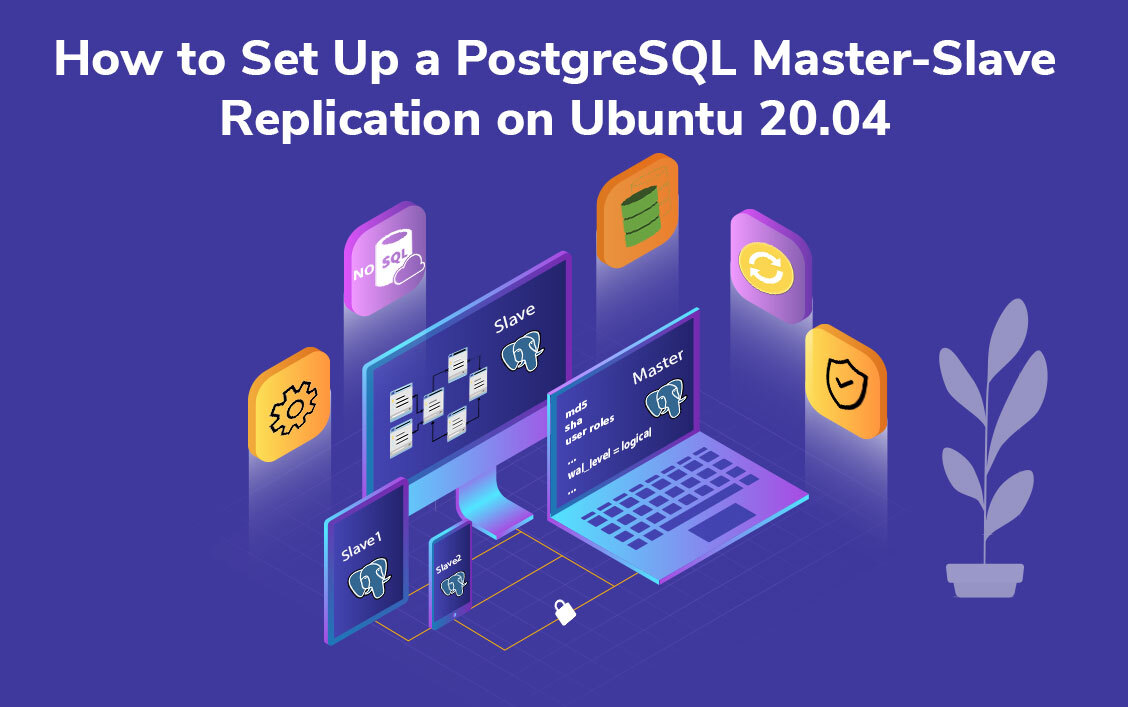by Kavya madhu | Oct 4, 2023 | Uncategorized
by SAFWAN AHMED | Sep 19, 2023 | Cyber Security
Creating a simple static website doesn’t have to be complicated or costly. With Amazon Web Services (AWS), you can use Amazon S3 and CloudFront to easily host your website. Whether it’s a personal blog, portfolio, or a basic site, this guide will walk you...
by admin | May 27, 2023 | Uncategorized
Your content goes here. Edit or remove this text inline or in the module Content settings. You can also style every aspect of this content in the module Design settings and even apply custom CSS to this text in the module Advanced...

by admin | Oct 29, 2020 | Server
Reading Time: 6 mins. Introduction: Over the years, numerous databases of high-quality and unparalleled features have emerged to satisfy the needs of modern websites and applications. The database is primarily used to store, organise and retrieve data in a way that...

by Vijay | Oct 27, 2020 | Server
Reading Time: 7 mins. Overview PostgreSQL, an open-source object-based relational database management software (RDBMS). Known for its horizontal scaling, high availability and extensibility, PostgreSQL is an ACID (Atomicity, Consistency, Isolation and Durability)...

by Vijay | Oct 24, 2020 | Server
Reading Time: 5 mins. Overview: MongoDB, an open-source document database software and falls under the category of NoSQL database as it uses JSON-like documents with dynamic schemas instead of the traditional table-based relational database structure like MySQL and...

by Vijay | Oct 24, 2020 | Server
Reading Time: 5 mins. What’s PostgreSQL? PostgreSQL, one of the most popular open-source database management systems (object-relational) and it supports both SQL and NoSQL language. It has huge community support which is backed by more than 20 years. Primarily used to...

by Vijay | Sep 22, 2020 | Server
Reading Time: 8 mins. Overview: In an era of data breaches and cyber attacks, it is crucial to safeguard your website from hackers and fraudsters. One of the most recommended and standard ways to protect your site is through Secure Sockets Layer (SSL) – an...

by Vijay | Sep 22, 2020 | Server
Reading time: 4 mins. Introduction Magento 2 is the latest major release of Magento, an open-source and popular e-commerce platform that offers flexible and scalable shopping carts. According to W3Techs’ statistics, “Magento is used by 1.2% of all the websites whose...

by Vijay | Sep 22, 2020 | E-commerce, Magento, Server
Reading Time: 6 mins. Overview: The new release of Magento 2.4 on July 2020 comes with improvements to all the core functionalities (over 100 new fixes to the code, 30 security enhancements and resolution of 226 GitHub issues) that existed in the Magento 2.3.5 p1. To...







